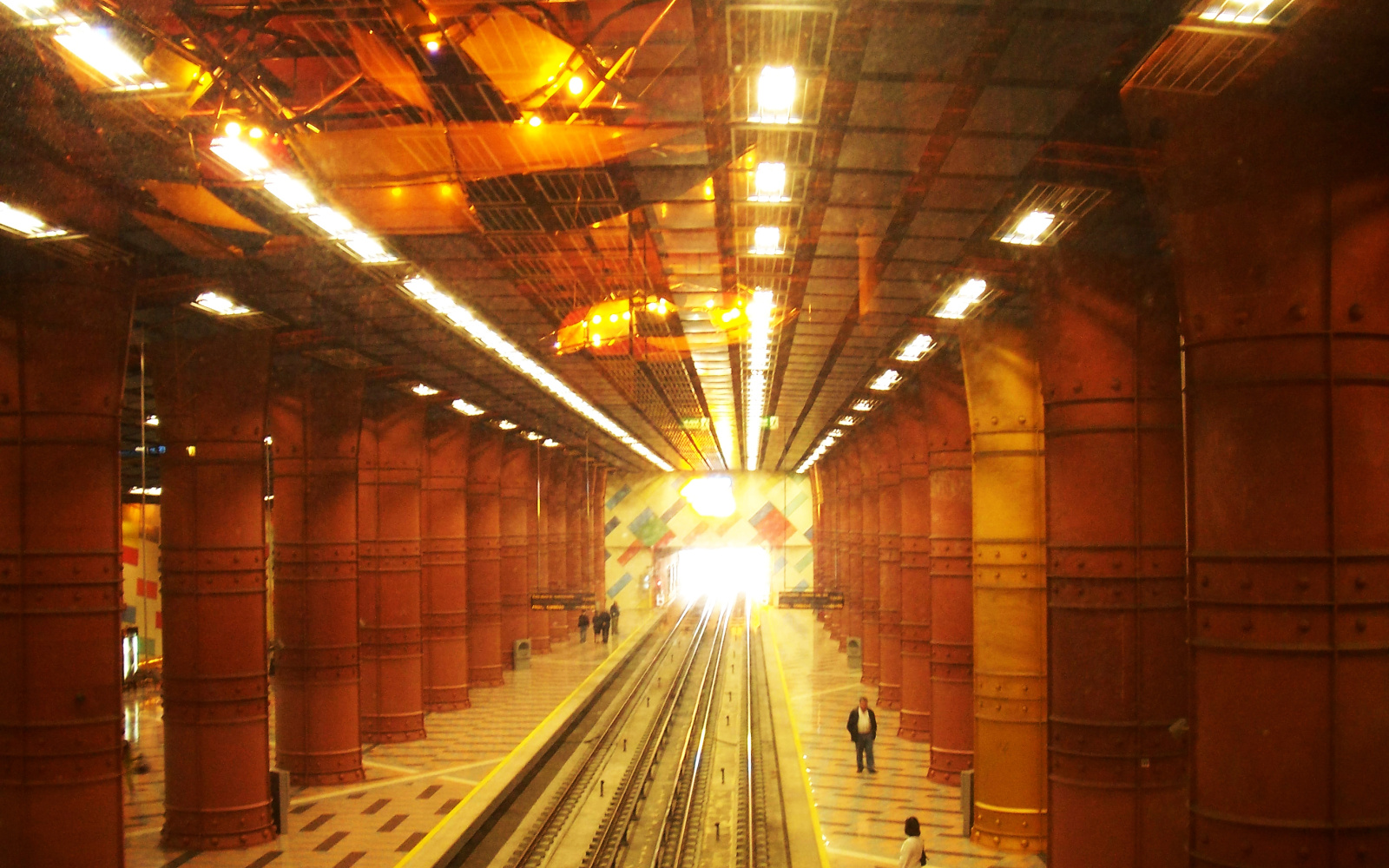Julia Trommershäuser
The Percept of Multi-Sensory Images
In the perception of 3D-scenes, the human visual system can make use of different sources of information (cues), for example in the estimation of depth and shape. Observers combine these sensory cues, e.g. binocular cues (disparity, vergence) and pictorial cues (texture, linear perspective, occlusion) near-optimally representing the statistics of their occurence (Trommershäuser, Landy & Körding (Eds.) 2011. »Sensory Cue Integration.« New York, NY: Oxford University Press). Recent research points towards a unified single percept of human observers, even in constructed multi-sensory scenes (Bennett & Hill (Eds.) 2014. »Sensory Integration and the Unity of Consciousness.« Cambridge, Massachusetts: MIT Press).
For example, following the exposure to haptic depth cues humans rapidly recalibrate their depth percept following multi-sensory experience (Ho, Serwe, Trommershäuser, Maloney, Landy (2009). J Neurophysiol.,101, 2789). Particularly cues to an object or surface property that confounds changes in that property with changes in properties of the surface, object, or viewing environment (shadow), are misperceived if viewed in conflict with illuminant-invariant cues (shape / height). Artificial correlation of these object properties can reinforce shadow size as a cue to visual depth.
Similarly, human observers recalibrated their depth percept as if integrating across the statistics of individual 3D-objects (Seydell, Knill, Trommershäuser. (2010). Journal of Vision, 10, 1). In 3D-scenes, an object’s orientation suggests its tilt, and an object’s aspect ratio suggests its slant away from the fronto-parallel. The depth percept thus can vary depending on the previously viewed number of 3D-objects.
Dr. Julia Trommershäuser is the holder of a Heisenberg-Fellowship since 2009. She received her habilitation in psychology in 2006 from Justus-Liebig-Universität in Giessen.
Her research mostly combines statistical approaches with measures of human behavior such as accessed through traditional methods of human psychophysics, eye and hand movement tracking and other non- verbal response methods (e.g. button presses, pairwise judgements).
Among her most important publications is the book »Sensory Cue Integration« (together with M.S. Landy and K.P. Körding, 2011) and the articles »Dynamic intergration of information about salience and value for saccadic eye movements« (together with A. Schütz and K.R. Gegenfurtner, 2012) and »Combination of noisy directional visual and proprioceptive information during visually-guided pointing« (together with S. Serwe and K. Drewing, 2009).
